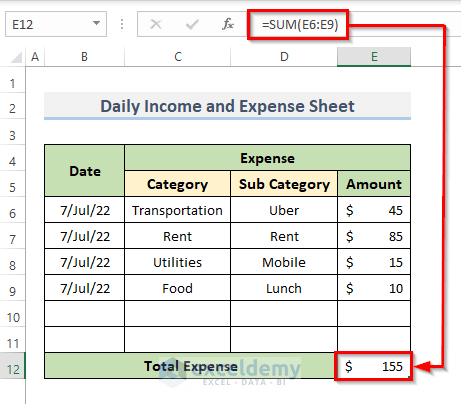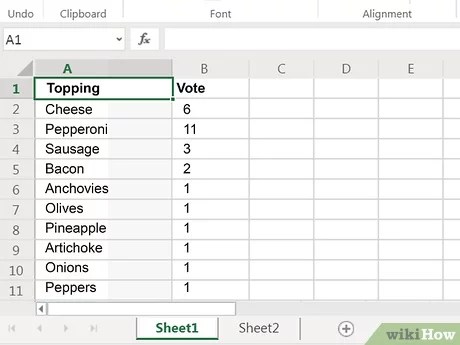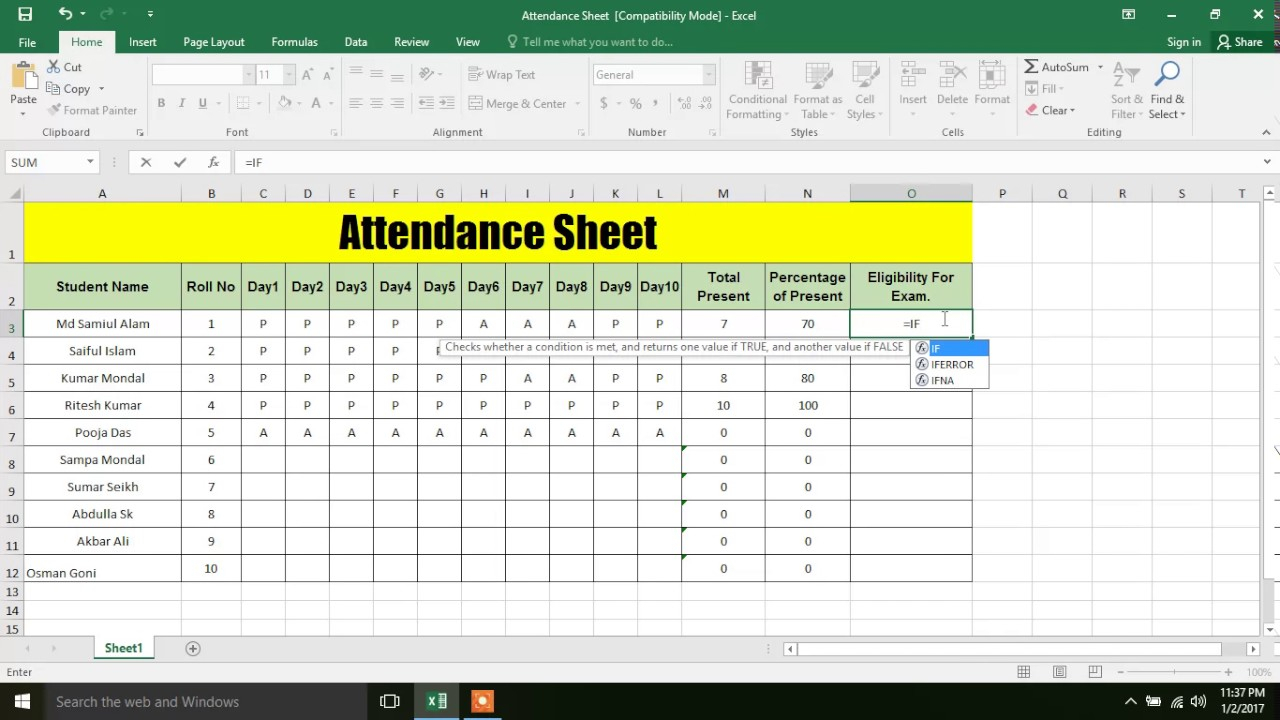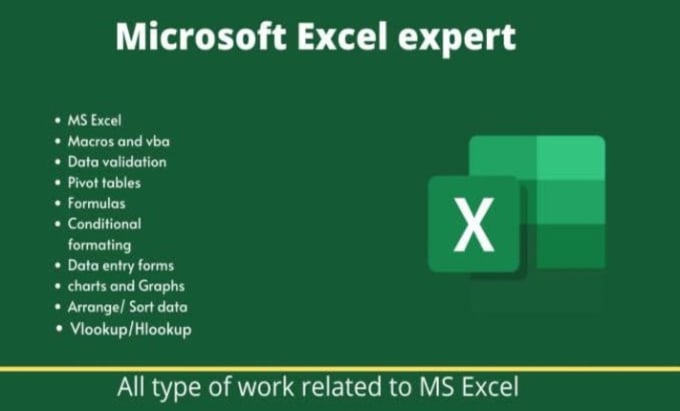5 Ways to Make an Excel Sheet for AliExpress Supplier

AliExpress Supplier Excel Sheet: Your Toolkit for Efficient eCommerce Management
Managing an online store can be a daunting task, especially when it comes to keeping track of suppliers, product details, and orders. If you're sourcing products from AliExpress, creating an Excel sheet for AliExpress supplier management can streamline your business operations. Let's explore five effective methods to set up your AliExpress supplier database using Microsoft Excel, ensuring you maintain an organized, searchable, and efficient inventory system.
1. Establishing Basic AliExpress Supplier Information

The first step in creating your AliExpress supplier database is gathering all the fundamental details:
- Supplier Name: The official or store name as listed on AliExpress.
- Store URL: Direct links to their AliExpress storefronts.
- Contact Information: Email, phone number, or any other means of communication.
- Product Categories: A list of product categories they specialize in.
- Payment Methods Accepted: Details on how they prefer to receive payments.
To organize this data:
| Supplier Name | Store URL | Contact Information | Product Categories | Payment Methods |
|---|---|---|---|---|
| BestBuy Tech | https://bestbuy.aliexpress.com/ | bestbuy@aliexpress.com | Electronics, Gadgets | PayPal, Credit Card |

💡 Note: Make sure to verify the supplier's identity before storing their contact information to ensure you're dealing with legitimate sellers.
2. Detailing Product Information for AliExpress Suppliers

After setting up supplier information, the next step is to detail the products they offer. Here, you’ll want to include:
- Product Name: The item’s name or title from the AliExpress listing.
- SKU/Product ID: Unique identifier for each product.
- Price (in USD): Current selling price on AliExpress.
- Minimum Order Quantity (MOQ): The minimum units that must be purchased to place an order.
- Lead Time: Estimated time to process and ship the order.
Using Excel to organize product information:
| Product Name | SKU/Product ID | Price (USD) | MOQ | Lead Time |
|---|---|---|---|---|
| Wireless Earbuds | EARB001 | $25 | 50 units | 15-20 days |
3. Tracking Orders from AliExpress Suppliers

Keeping tabs on orders is crucial for ensuring timely restocking and maintaining stock levels. Your Excel sheet should include:
- Order Number: AliExpress order ID or your internal order tracking number.
- Date Placed: The date when the order was made.
- Estimated Delivery Date: When you expect to receive the products.
- Status: Shipping, In Transit, Delivered, etc.
- Notes: Any special instructions or comments regarding the order.
Here's how you can structure your order tracking sheet:
| Order Number | Date Placed | Estimated Delivery Date | Status | Notes |
|---|---|---|---|---|
| 00001 | 2023-01-15 | 2023-02-05 | In Transit | Customs Delay |
4. Performance Metrics for AliExpress Suppliers

To make informed decisions, track supplier performance with metrics like:
- On-Time Delivery Rate: Percentage of orders delivered on or before the estimated date.
- Return Rate: Percentage of products returned due to issues.
- Communication Rating: How responsive and helpful is the supplier in addressing concerns?
- Product Quality Rating: Based on customer reviews and your own inspection.
A simple rating system within Excel can help:
| Supplier Name | On-Time Delivery Rate | Return Rate | Communication Rating | Product Quality Rating |
|---|---|---|---|---|
| BestBuy Tech | 90% | 10% | 4/5 | 4.5/5 |
5. Implementing Automation and Data Analysis

Excel's functionality extends beyond data entry. Implement the following to streamline your operations:
- Automated calculations: Use Excel formulas for automatic computation of totals, averages, etc.
- Conditional Formatting: Highlight cells based on certain criteria (e.g., low stock or late deliveries).
- Data Validation: Restrict input to maintain data integrity (e.g., ensuring dates are entered correctly).
- Pivot Tables: Analyze your supplier data with ease by creating pivot tables to identify trends or problematic suppliers.
💡 Note: Keeping your Excel workbook organized not only saves time but also helps in identifying issues or opportunities within your supply chain.
By crafting an Excel sheet for AliExpress supplier management, you're setting the foundation for efficient operations and informed decision-making. This methodical approach ensures that you can track supplier performance, manage product inventory, and optimize order processing, ultimately leading to a more profitable and manageable eCommerce business.
Why should I use Excel for managing my AliExpress suppliers?

+
Excel provides a flexible, scalable, and widely accessible tool for organizing complex data sets like supplier information, product details, and order tracking. Its ability to automate calculations, conditional formatting, and data analysis makes it ideal for monitoring business operations efficiently.
How often should I update my AliExpress supplier Excel sheet?

+
Update your Excel sheet as soon as there are changes in supplier contact information, product details, or after placing an order. Regular checks, like weekly or monthly reviews, can help ensure the data remains current.
What are the benefits of tracking supplier performance?

+
Tracking supplier performance helps you identify which suppliers are reliable in terms of delivery, product quality, and responsiveness. This information allows for better decision-making on which suppliers to continue doing business with or where to seek improvements.
Can I share this Excel sheet with my team?

+
Absolutely! Excel files can be shared, edited, and reviewed by multiple users simultaneously using cloud services like OneDrive or Google Sheets, ensuring everyone stays updated on supplier and inventory data.
What if I have more than 100 suppliers?

+
Even with over 100 suppliers, Excel can still be an efficient tool. Use techniques like sorting, filtering, and creating separate sheets for different categories of suppliers to manage the data more effectively. You might also consider integrating Excel with a database system for more advanced handling of large datasets.